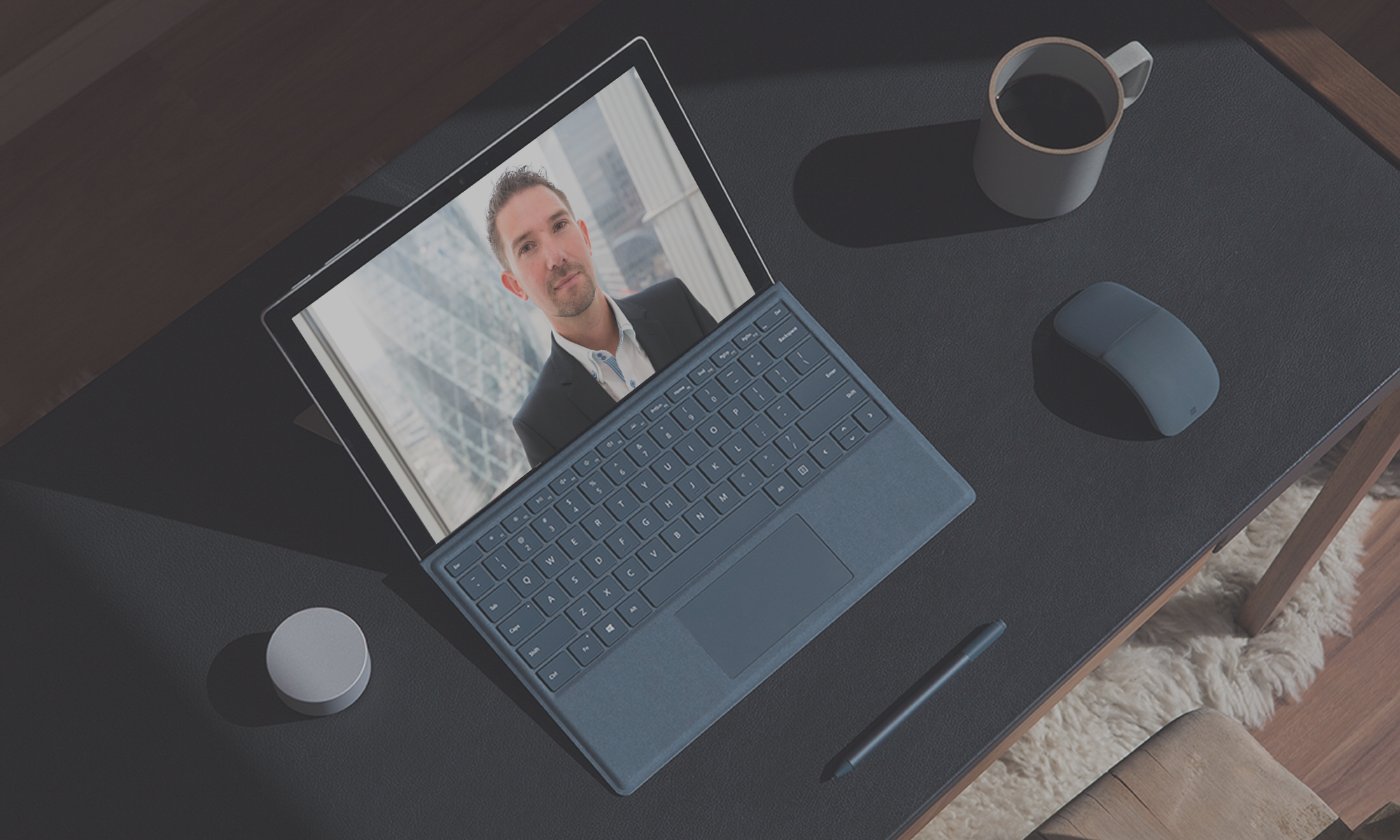Microsoft Teams will soon prompt meeting organisers of recurring meetings to create a Microsoft Loop workspace for sharing and collaborating on meeting content and actions.
What is Microsoft Loop?
Microsoft Loop is a transformative co-creation experience that brings together teams, content and tasks across your tools and devices. Loop combines a powerful and flexible canvas with portable components that move freely and stay coordinated across applications — enabling teams to think, plan, and create together.
It is made up of workspaces, pages, and components and it totally transforms the way you work so you can think, plan, and create together. On the Loop homepage, you can access all your existing workspaces and create new ones. In a Loop workspace, you can bring everything you need for your project together in one place. To kick off a workspace, Loop can even do the searching for you, making it easy to add existing project-related information and organize it into pages. You can continue adding to your workspace as your project evolves and organize it the way you want. Loop pages are flexible canvases where you can react, comment, and build on each other’s ideas using different flexible and re-usable components.
Why use Loop for Meetings?
Most recurring meetings lose the focus of what their purpose is. Questions such as “What is the meeting about”, “Has anyone got the agenda”, “Was there a meeting last week”, “did anyone take any notes”.

As such, recurring meetings is the perfect place for Loop, since it helps everyone, plan, organise and review your Teams meetings. For recurring meetings, Loop is all about ensuring we keep and share all our meeting content into a central, durable workspace to enable ongoing collaboration over time (rather than a static agenda that becomes out of date and it hard to update) with separate files being shared via email or chat.
This starts with a Collaborative and dynamnic agenda, (which means it can be amended overtime) and as a recurring meeting series continues, additional content shared in a collaborative note space which keeps the meeting up-to-date for everyone whether they can attend or not. We can also track and keep up-to-date tasks and actions which also (wait for it) sync with our ToDo or Planner Tasks, list making it easy to keep in sync.
Since these are sharable components, its also easy to copy a link to the collaborative notes and share them in other apps too like email, but unlike static text, the loop component is still live and can be updated from anywhere – like magic.
Whilst Collaborative Notes in Teams have been there a while, many still “just” use the agenda field since Loop is tucked away further down the meeting pane.
What is great about the way Microsoft are integrating Loop further into Teams is that after the first meeting in the series ends, organisers will be shown a prompt allowing them to have Teams create a Loop workspace after first allowing them to review and confirm workspace members as well as the shared content.
How it works
After the first meeting in the series ends, organisers will be shown a prompt allowing them to have Teams create a Loop workspace after first allowing them to review and confirm workspace members as well as the shared content.After confirmation, a Loop workspace will be created, invites will be sent to the meeting members, and the shared content will be linked in a Loop workspace.
As the group shares more content in a meeting series, as the teams “chat” over weeks or months, all this new content will be added automatically to the meeting workspace. Workspace members can also add other content to the workspace and can reconfigure the order of content in the left navigation pane of the Loop app.
Note: At launch, Microsoft have said that this feature will be enabled for meeting series with 3-50 invitees, but will increase this later.
This new auto-loop experience will be rolling during June and July 2024.
























































